Earlier in 2021, singer-songwriter Sia’s directorial debut, Music, was marred by controversy. From the moment the first trailer was released, there was an immediate groundswell of criticism from the public and, most importantly, from the autistic community at large. These included the initial reactions to Maddie Ziegler playing an autistic character when she herself is not autistic, to the film’s inclusion of forcible restraint, an inhumane and sometimes lethal practice, and working with Autism Speaks, a charity that is widely criticised for having few autistic voices in positions of leadership. Other issues with Autism Speaks includes their mission to ‘end autism’, which presents autism as a disease to be cured, as well as some of their fear-mongering, supposed “awareness” marketing campaigns – for example, one includes a mother explaining how she contemplated driving off a bridge with her autistic child, and then stating the only reason she didn’t do it was because of her other, neurotypical child. Another campaign, entitled I Am Autism, shows as a horror movie in which autism is a malevolent being intent on destroying lives.

Even beyond that, another important issue levelled at Music is that it misrepresents autism. Ziegler’s performance, particularly the use of tics and verbal stimming, was described in one Guardian article as “affect[ing] a honking, hiccupping gait occasionally punctuated by phrases… delivered in a voice that lands somewhere between a school bully mimicking Meryl Streep’s low register and a dog waking up from dental surgery.” This is made worse in light of Sia’s Variety interview, in which she says that the then-14-year-old Ziegler expressed concerns that her performance might be interpreted as her making fun of autistic individuals, to which Sia replied: “Honey, I won’t let that happen.” A dismissive and uneducated response if there ever was one.
This is juxtaposed against the release of The Reason I Jump, a story about the non-verbal and autistic author Naoki Higashida, based on his memoir of the same name. The Reason I Jump has received acclaim for its authenticity and portrayal of the autistic experience. As the story is told from the point of view of a thirteen year old non-verbal child, the film leans into an auditory experience, a replication of the near-sensory overload that many experience as a manifestation of their autism. The film educates by allowing non-autistic people to better understand aspects of the autistic experience.
Music and The Reason I Jump once again have the movie-loving public considering what makes for good representation of the autistic community: Who should be telling these stories, and how? Any discussion of representation merits looking at the more popular autism tropes that appear in film and television.
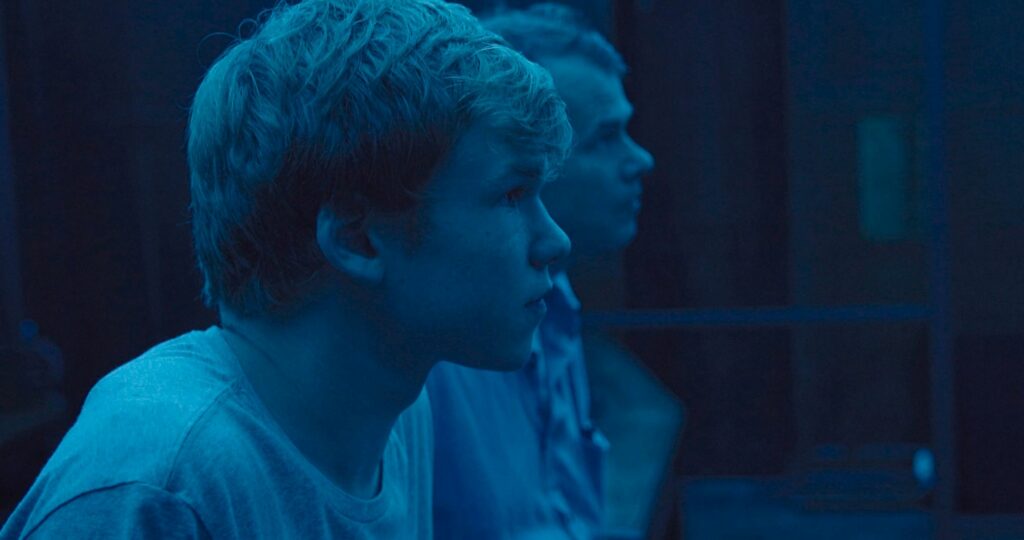
The most famous example of ‘Hollywood autism’ comes in the form of Rain Man starring Dustin Hoffman and Tom Cruise, a trope known as ‘The Savant’. This is an interesting film to look at in terms of autism tropes as it is simultaneously considered both the most influential and the most damaging of autism-focused movies. Before Rain Man, there was no societal conception of what autism looked like. The filmmakers involved in the writing and production of Rain Man used multiple avenues to ensure they painted as authentic a picture of autism as possible.
According to journalist Jay McCarthy, “Hoffman estimates 90% of his dialogue came from Princeton football star Kevin Guthrie and his autistic brother Peter, from whom he drew many of Raymond’s mannerisms.” The crew also enlisted the help of psychiatrist Dr Darold Treffet, an expert on autism and savant syndrome, who is quoted as saying that “Rain Man was the best thing that ever happened to autism. No gigantic public education or PR effort could have produced the sensational awareness that Rain Man brought to the national and international radar screen.”
Evidence exists to support Treffet’s claims. In the years following the release of Rain Man, the “rates of prevalence for autism spectrum disorder (ASD)… rose dramatically”. In the UK, the British Medical Association estimates that 700, 000 people have a diagnosis of autism, including 1 in 100 children. In the US, it is 1 in 54 children. An opinion piece by disability and representation writer Karl Knights states: “Before Rain Man, there was no popular conception of what autism looked like, among the public or on-screen. At that point autism was an abstraction, understood only by dedicated parents or specialised clinicians. In Rain Man, this widespread ignorance is exemplified by the moment when Charlie Babbitt (played by Tom Cruise) attempts to consult a psychiatrist about Raymond, his brother. A nurse asks, “He’s artistic?” Charlie replies, “No, he’s autistic.” The nurse says, “I’m not familiar with that, what is the exact nature of the problem?”” Knights suggests that as a result, the titular ‘Rain Man’ soon became shorthand for autism in popular parlance.
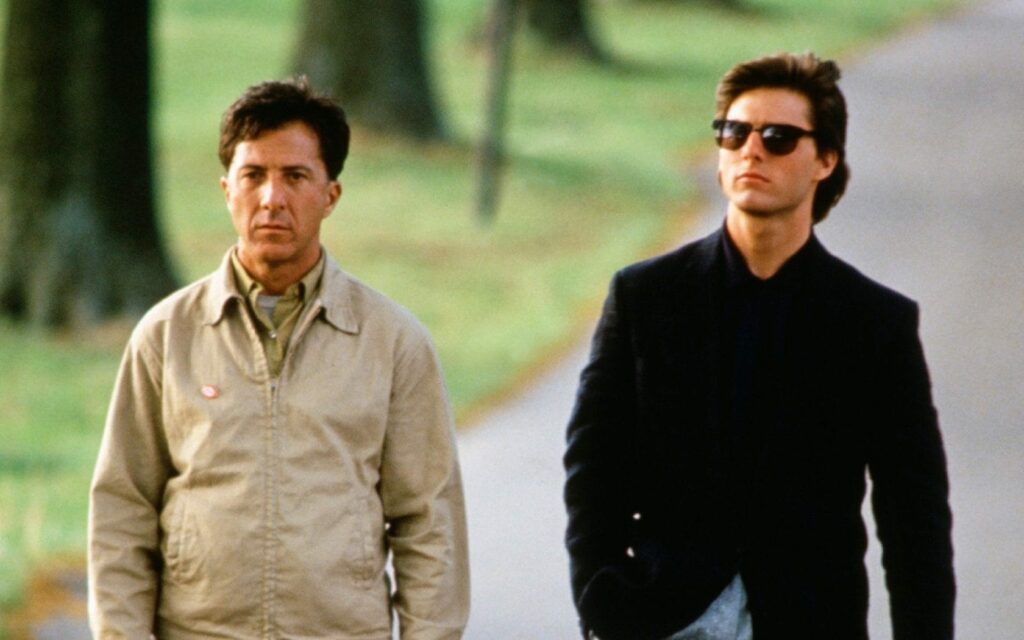
Over thirty years later however, many can now see how damaging Rain Man is to autism awareness. Chris Bonello, autism advocate of Autistic Not Weird, believes the film “should be regarded as a piece of history now”. After McCarthy posted the question, is Rain Man a damaging stereotype or the best thing that happened to autism?, to Bonello’s Facebook community, it was met with mixed reactions. Many found Rain Man “dated” and “inaccurate”. McCarthy noted that “one individual on the spectrum called it ‘the Apu of autism…despite not being malicious in its portrayal, it’s still poor representation and a stereotype’”. This being in reference to the well-known Simpsons Apu controversy, in which white actor Hank Azaria voiced Apu, a south Asian character.
While the Hollywood trope of ‘The Savant’ is, in many ways, a positive portrayal, it also serves to put unrealistic pressure on people with autism to be highly intelligent in specific fields, usually mathematics. This can be considered a very capitalist and exploitative belief – that a person’s worth, especially an autistic person’s worth, is linked to their ability to perform exceptionally in a manner that’s viewed as useful to others. More often than not when it comes to film, such savant characters are reduced to pulpy plot devices, a common practice that both dehumanises the characters in question and is disconnected from reality. (Look no further than Mercury Rising, Silent Fall, and Bless The Child for such examples). In truth, only 10% of people diagnosed with autism are considered savants.
An article by Forbes exploring how Hollywood’s autism tropes undermine autism employment references David Platzer, an anthropologist of the field, who comments that “Pervasive popular culture representations of autism as entailing savant or savant-like skills, such as Atypical and The Good Doctor, can create real problems for those of us working to promote employment for folks across the autism spectrum. When employers or potential employers equate autism with genius and mild social eccentricity, they are not adequately prepared for the patience and dedication that working with a broader autistic population often entails. In many ways, the representations of autism we see in Hollywood are actually setting the community up for failure. And this is especially so for those who experience more significant challenges.”
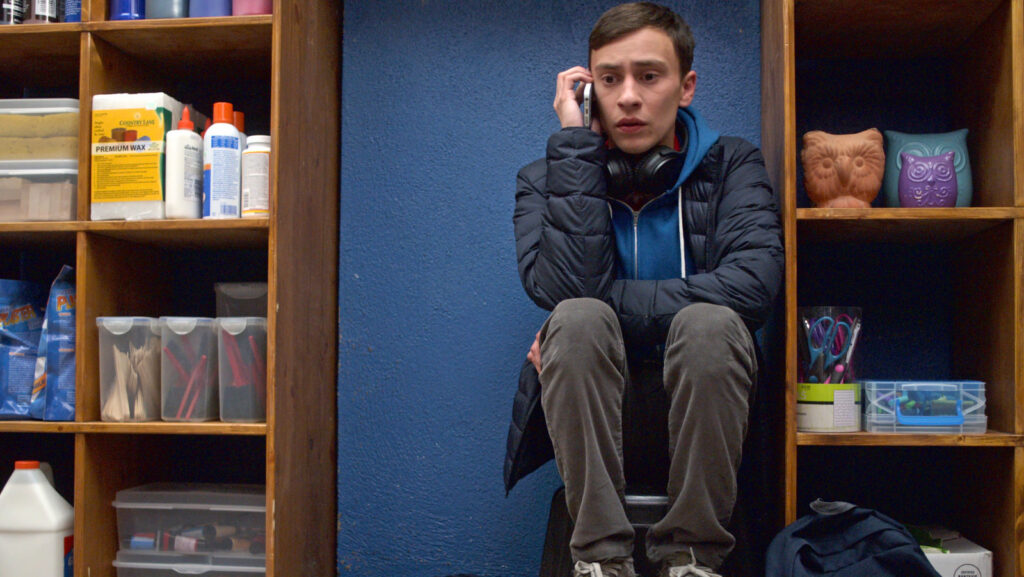
The legacy and influence of Rain Man on Hollywood autism tropes cannot be overstated. Many other common autism tropes end up walking hand in hand with ideas of savantism. For instance, the prevalence of such characters being boys – and if they aren’t a child, they might as well be. The infantilization of autistic persons is not only patronising, but also damaging to neurodivergent communities because it presents them as less than capable. This leans into a presumption of helplessness and often, in media especially, decentres the narrative away from the autistic person and onto their neurotypical companion. Such portrayals perpetuates falsehoods of what disability is and what it should look like.
The National Autistic Society states that recent studies suggest that the ratio of males to females with autism is around 3:1. The website also shares the experiences of women with autism, who speak of “a lack of understanding of how autism can present in girls” (Sara Gibbs, autistic comedy writer) and explain that “autistic women are more likely to be described as ‘anxious’ and autism symptoms are overlooked, since it can challenge gender stereotypes” (Dr Camilla Pang, autistic scientist and author). One recurring sentiment is that gender stereotypes play a large part in women receiving much later autism diagnoses.
Masking is also more prevalent in women because of stricter social expectations for how women should behave, something which is supported by the findings of Professor Francesca Happé. Masking is a protective strategy that those with autism employ to mimic ‘neurotypical’ behaviours. Because of this, “Behavioural observations suggest that girls camouflage their social difficulties (e.g. by staying in close proximity to peers and weaving in and out of activities) to a greater extent on the playground than boys, and therefore are less likely to be identified as struggling socially”.
Another and related reason is media portrayals of autism, which are almost exclusively male. This means that parents, teachers, doctors, and psychiatrists are less likely to consider autism as a cause for young girls and women struggling with social or communication problems. When related back to film and television, the fact remains that without adequate representation of female autism, there becomes a socially accepted mistruth that girls with autism are non-existent, or at least a rarity.
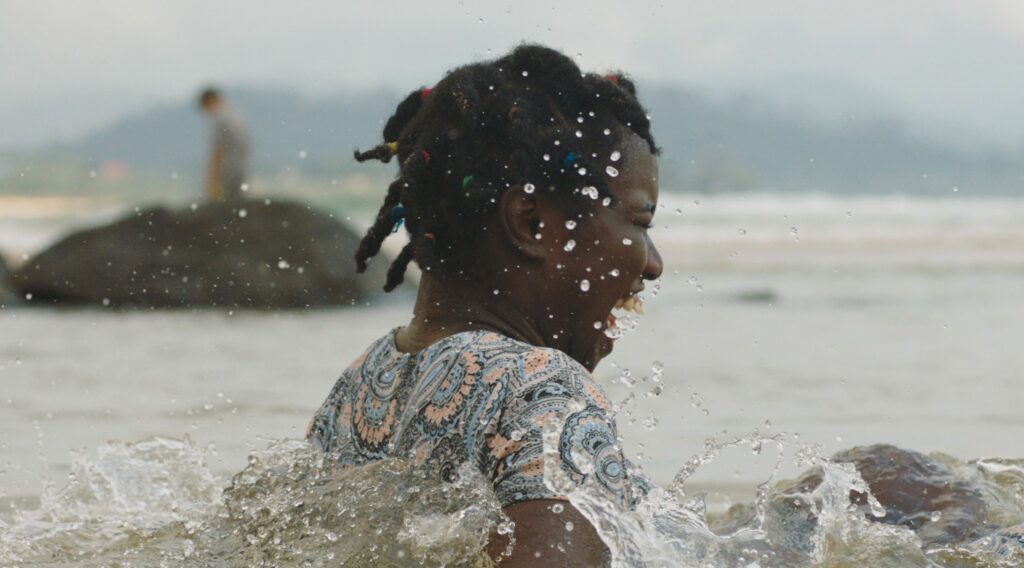
Another trope that Rain Man – and many other portrayals – perpetuates is autism as a uniquely white experience. The National Autistic Society states “there is a lack of research about the experiences of people from BAME groups. This can mean it’s even harder for autistic people in the BAME community to get the support they need.” Films such as The Reason I Jump takes a meaningful step towards challenging this, presenting autism primarily through a non-white lens.
The society also conducted research on the barriers faced by such families affected by autism, and found five key reasons for the limited support they receive: challenges in getting a diagnosis due to perceptions of their race; barriers to support services due to lack of awareness of them, as well as language barriers; problems communicating with professionals, partly because of suspicious attitudes towards authority figures; lack of awareness about the autism communities and how to access them for support; denial and isolation, as parents refuse to accept diagnosis or prefer to keep such matters private. There are a wealth of reasons for these attitudes yet, from a specifically media-centred perspective, the fact remains that if the experiences of non-white autistic people aren’t being shown – and if all these communities are seeing of autism are white men – then the lack of education around intersectional autism makes a diagnosis of autistic POC far less likely.
Autistic artist Igar Babar raised the importance of intersectionality in all parts of diverse life: “I love being an autistic, Muslim Pakistani woman. My identity in itself is so diverse, which I am really proud of! It does make it harder to live so freely however, with all of the stigma and discrimination that surrounds both autistic people and Muslims. Race and autism intersect a lot and talking about race in autism conversations is so important.”
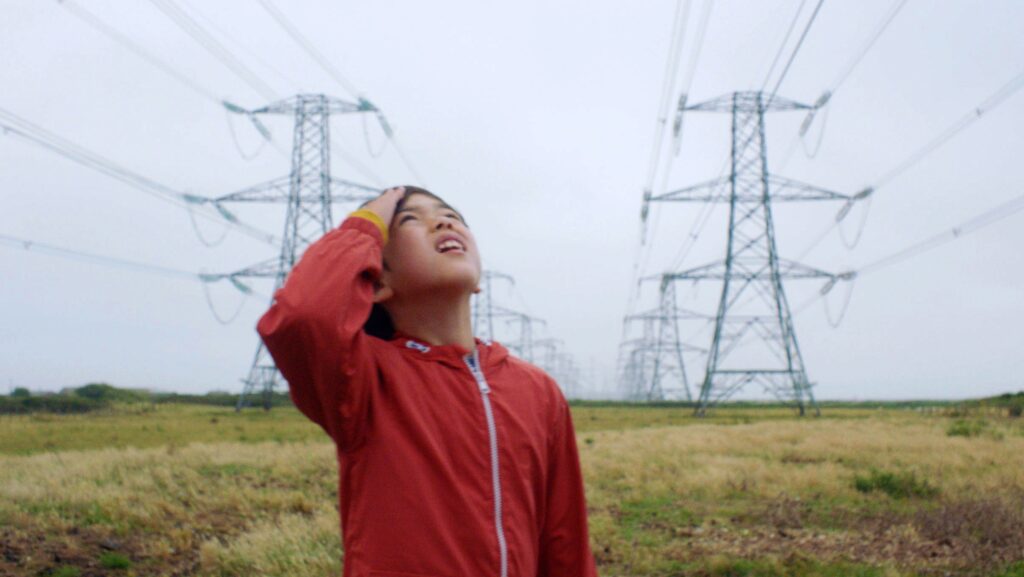
Noor Pervez, community engagement coordinator at Autistic Self Advocacy Network, says that Hollywood’s problem isn’t just close scrutiny or a lack of research on the part of Hollywood producers and writers: “Hollywood tends to get it wrong most of the time because of the reasons you would expect – autistic people tend to be barricaded from most of the process.” When looking closely at some of the more popular films depicting characters with autism, a number of autism consultants are noted in cast and crew credits. However, there is no evidence to say that these experts were themselves part of the neurodivergent community.
Pervez also comments on movies like Music that include non-verbal characters play a part in dehumanising and side-lining those with autism. “[They] are pretty universally stories about the people around us rather than ourselves.” He says, “It is being done in a way that infantilizes AAC [augmentative and alternative communication] users and talks about us as though we are a burden rather than us just being a part of everyday life.”
With this in mind though, there are some in Hollywood who have been making efforts to approach these common misunderstandings of autism, and challenge them. For example, Pixar’s short film Loop is about a non-verbal autistic child called Renee. She was originally imaged as white but, after an advisor informed filmmakers of the self-reported issues with doctors’ diagnoses of autism in minority communities, this was changed. Renee became a biracial character. Director Erica Milsom is explained that “this is something we wanted to address”.
And of course, there are films like The Reason I Jump (though arguably too few and far between) which are written by someone who is autistic and based directly on their life experiences – the good and the bad. This allows for a more authentic and well-rounded depiction of autism, most importantly from someone who has lived experience of it, as opposed to a film relaying the perceived experiences of others.

Social media platforms, especially TikTok and Youtube, also have an important role to play in the growing visibility and representations of the autistic communities. These platforms have allowed for the sharing of people’s diverse life experiences, particularly from neurodivergent voices. Autistic TikTok creators like Cheryl from @_thislineismine, Paige Layle of @paigelayle, Evelyn Elston of @evelynjeans, and Chloé Hayden of @chloeshayden (among many others) have been talking openly about their experiences and challenging those stereotypes of autism, particularly those specific to autism in women. On YouTube, creators like Annie Elainey and Dan from The Aspie World talk about popular media, their day-to-day experiences, and seek to educate others about the autism spectrum.
There is a saying that seems relevant here: “If you’ve met one autistic person, you have met one autistic person.” Hollywood Autism is a prevalent portrayal of autism, but very far from an accurate, representative, or even useful one. While some examples come from good intentions, like Rain Man, it has resulted in a narrow representation of a community that exists across a broad spectrum; in turn, these representations have a very real, lasting impact on real people. As consumers of films and television, it’s important that we should stay informed, and critical of media and question the narratives we are presented with.
So, what is the advice for Hollywood? How does the film industry move forward into a better future for autism representation?
Filmmakers need to take responsibility for how they are representing differences in others. Consulting individuals with autism should be non-negotiable, as should allowing them to challenge aspects of the work for tropes that they might play into. Also crucial is presenting characters other than autistic savants who are valued solely for their savantism; include characters who are diverse culturally, physically, sexually, and all other points of life with which autism might intersect; consider inherent biases and common beliefs, and challenge them in favour of more authentic, varied presentations.
And, most importantly, media has to ensure that these wonderfully diverse, real autistic people are the main characters in their own stories.
